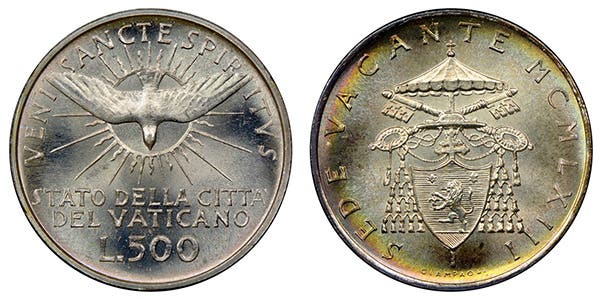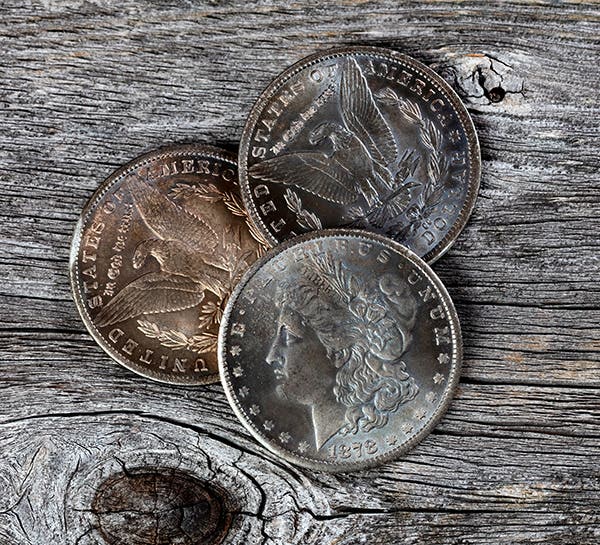Depression collectors saved 1931-D
The Mercury dime is a set that is studied heavily and that should mean pricing that accurately reflects availability and demand. For those who live by the mintage totals alone,…
The Mercury dime is a set that is studied heavily and that should mean pricing that accurately reflects availability and demand. For those who live by the mintage totals alone, the 1931-D could be troublesome as it had a mintage of just 1,260,000 pieces.
The mintage total sounds low and it is. The 1931-D is higher than only the 264,000 mintage 1916-D as well as the 1921, which is at 1,230,000 and the 1921-D, which is at 1,080,000.
We are not really certain what caused the low total for the 1916-D except that it was a busy year with three new designs. The 1921 situation was due to a severe fall in the economy and the resulting decline in overall coin demand. The Mint could focus on replacing melted dollars.
In 1931, the situation resembled that of a decade before. The year was one where the national economy was going downhill rapidly. When the national economy is weak, it is not at all unusual to see coin mintages decrease.
The Mercury dime mintages of 1931 certainly show a decrease with the Philadelphia total at 3,150,000 while the San Francisco mintage of dimes was 1,800,000.
Of course, with low mintages, there comes the question of the amount of saving. Certainly, if the reason for the low mintages was a national economic problem as was the case, it is natural to assume there would be little saving at the time. However, a very strange thing happened during the Great Depression in that coin collecting actually remained fairly strong. In fact, coin collecting grew in popularity. No one can explain why, but perhaps the notion of finding a valuable coin had great appeal when every person sensed they were in financial trouble.
In fact, what was seen in the days of the Great Depression was a surprising amount of saving and that included saving in the year 1931. The biggest item saved that year was the 1931-S Lincoln cent that was saved in extremely large numbers. It was not, however, limited to the 1931-S cent.
There were legitimately three low mintage dimes in 1931 and what we see is that the lowest mintage 1931-D is the most expensive in G-4 at $7.75. That does not sound like much but there are actually only a few Mercury dime dates at $7 or more in G-4.
In MS-60, the 1931-D is worth $97 while the 1931-S is $105. The 1931 is, not surprisingly, lower at $33. In MS-65, the 1931-D and the 1931-S are at the same price of $275 while the 1931 is $130. The prices are higher than other dates of the period, but when you consider the mintages, it is hard to conclude that the prices are high. If anything, they are modest.
In the case of MS-65 with full split bands, that is where the higher mintage 1931-S turns out to be much tougher at $2,500 while even the much higher mintage 1931 has a price of $800. The 1931-D, ironically with the lowest mintage of the three, is also the least expensive at $375. Maybe those saved were nice or maybe the whole mintage was unusually well struck. Whatever the reason, the low mintage 1931-D has turned out to be a relatively available date in top grades.
This article was originally printed in Numismatic News.
>> Subscribe today or get your >> Digital Subscription
More Collecting Resources
• Are you a U.S. coin collector? Check out the 2016 U.S. Coin Digest for the most recent coin prices.
• Subscribe to our monthly Coins magazine - a great resource for any collector!








